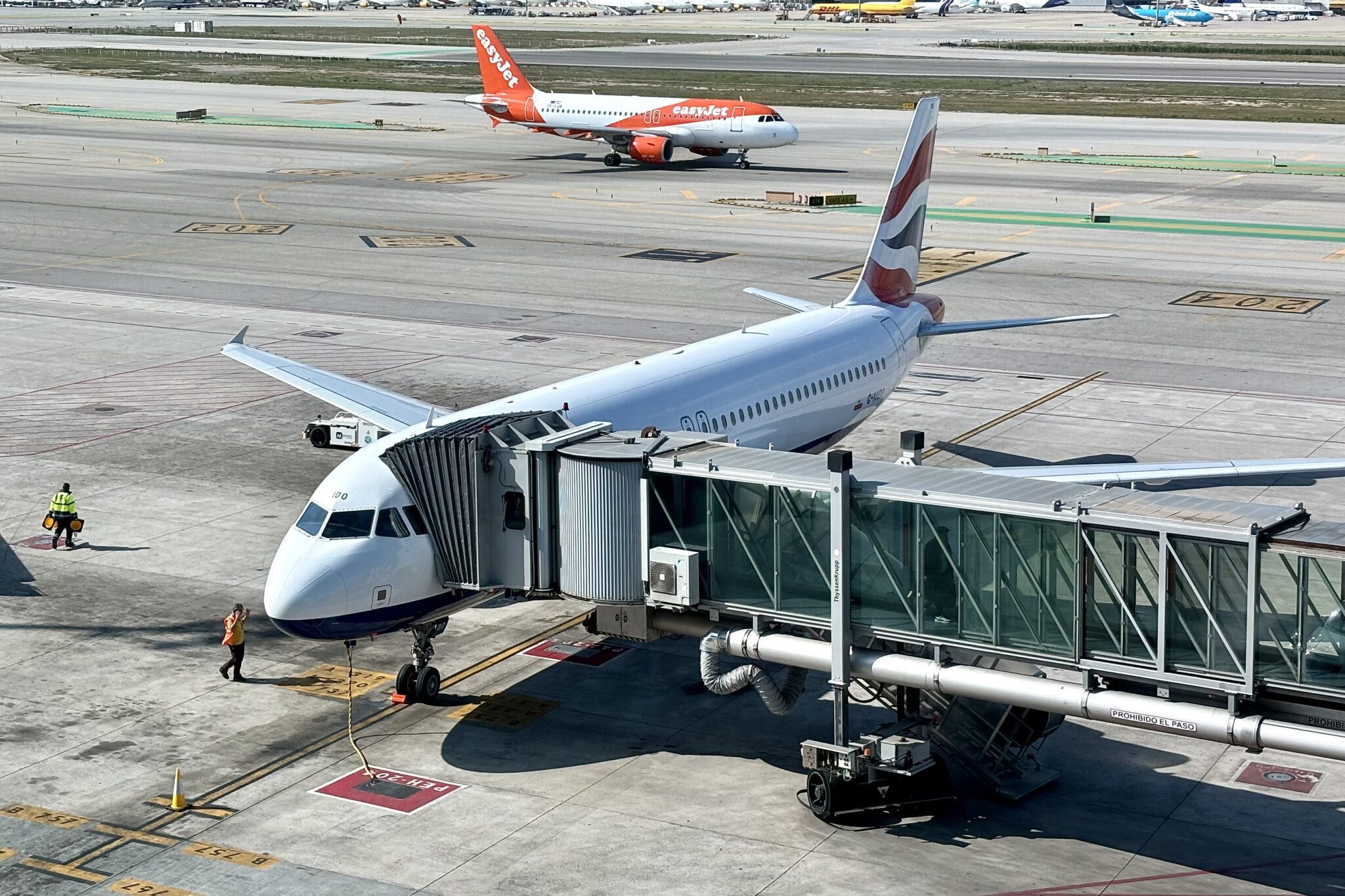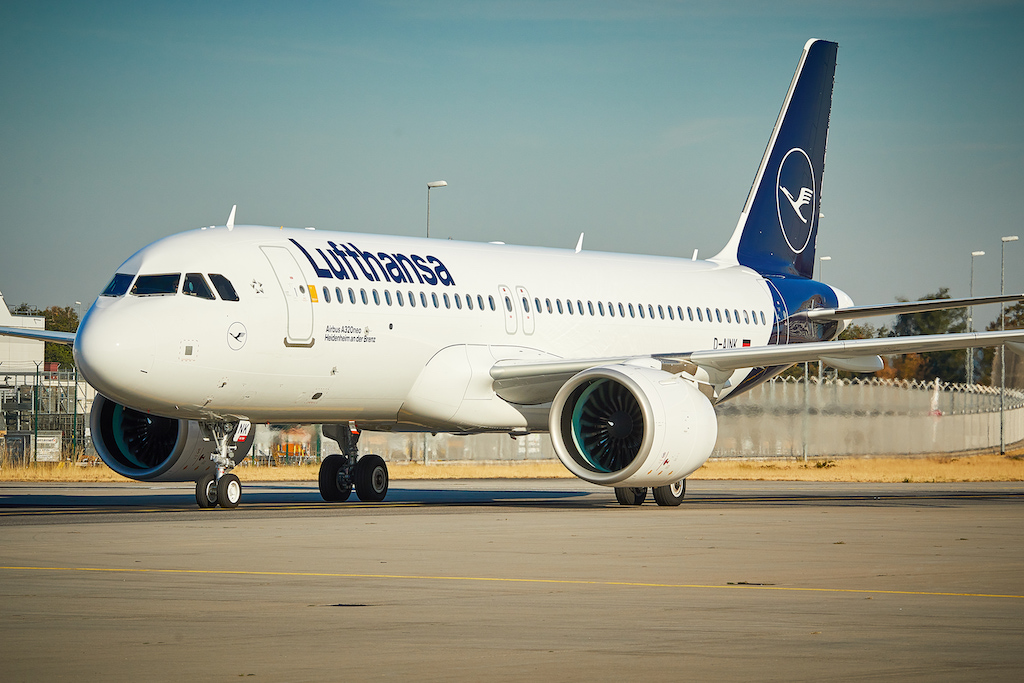Panama’s Copa Airlines was essentially grounded for almost five months last year. Flights resumed in the fourth quarter, as Panama eased its travel restrictions, but the resurgent virus and fear of new variants has quashed demand since December.
Copa’s December capacity was 27 percent of the airline’s December 2019 capacity, and first-quarter capacity so far has been about 40 percent of 2019. But February and March, historically a weak period, could see demand taper off even further as the new Covid-19 outbreaks cause countries Copa serves to clamp down on travel, CEO Pedro Heilbron told analysts during the company’s fourth-quarter and full-year 2020 earnings call on Feb. 11.
The latter point has made Copa’s and other Latin American carriers’ recovery more difficult. Travel restrictions and quarantine requirements change frequently, with little warning, making forward planning a headache. Heilbron said Copa is hopeful that wider acceptance of testing will help ease some of these restrictions. Copa is down to a handful of weekly flights to Argentina, twice weekly flights to Havana. Flights to Venezuela were grounded for almost a month, Heilbron said.
Panama now requires a negative PCR or antigen Covid test taken within 48 hours of departure. Importantly for Copa, which primarily connects passengers through its hub in Panama City, the country does not impose the requirement on connecting travelers. Uruguay, by contrast, only permits entry to nationals and permanent residents who booked travel before the latest round of restrictions.
“It will be a long and twisting road to recovery,” Heilbron said. The carrier is not offering guidance for the remainder of the year, but it says it will reach cash breakeven by the time it achieves 70 percent of pre-Covid capacity, and it will report pre-pandemic unit costs when it reaches 80 percent of pre-pandemic capacity.
Still, Copa is confident that it can weather this storm. The carrier raised $650 million in financing last year and has $1.3 billion in available liquidity. It has cut costs so that its monthly cash consumption is between $40-45 million. Its connecting hub at Tocumen also is a strength, Heilbron said, arguing that few Latin American cities will produce enough demand for point-to-point flights until the recovery is complete. And Copa is being flexible with capacity, able to adjust up or down quickly depending on demand, he said.
The carrier is adjusting its fleet as well, moving toward becoming an all-Boeing 737 operator. The remaining 14 Embraer E190s have been sold and will exit the fleet by June, Chief Financial Officer Jose Montero said. The carrier also retired 14 Boeing 737-700s. Seventeen of the carrier’s 737-800s are in storage for now but will return to the fleet as needed.
Copa took delivery of one Boeing 737 Max in December, and will add another eight 737-9s by the end of this year. Some of these were aircraft that Boeing had already manufactured but were not delivered due to the global Max grounding. It expects to take delivery of five of the type in 2022.
The company financed the first seven 737-9s with a $328 million loan guarantee from the U.S. Export-Import Bank (Ex-Im), finalized in December. Further Ex-Im financing is being negotiated for the remaining Boeing deliveries, Montero said.
Copa reported a fourth-quarter operating loss of $95 million, and a full-year operating loss of $461 million. Fourth-quarter revenues were down 77 percent from the prior year to $158 million, and for the full year were down 70 percent to $800 million.





